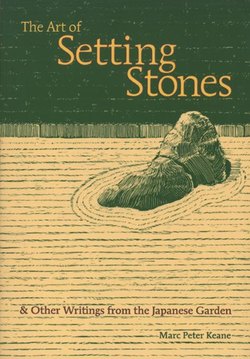Читать книгу The Art of Setting Stones - Marc Peter Keane - Страница 5
INTRODUCTION
ОглавлениеAs people live on the land, as they build their homes and temples, towns and cities, they form the world around them into the shape of their philosophies. Their social structures and spiritual mindsets take physical form—as mass and space, material and void—and become the world they live in. This must be true in all places. I have found it to be true in Kyoto.
The jumble of modern Kyoto expresses the disparate sentiments of its present residents as they struggle with the rapid installation of non-native technology and culture. That struggle has left the city with the gawky awkwardness and blemishes of adolescence, but Kyoto has more than that to offer. Much more. To find it, however, you must know where to look: places like the gardens, shrines and temples, and narrow, earth-walled alleyways. It is there that a deeper current of Kyoto’s culture has been crystallized and given form, and it is there we can return to come in touch with the myriad forces that originally caused those places to be as they are—nature, economy, geomancy, religion. The nice thing is, you don’t really need to study to understand them. You just have to be there. The places speak for themselves.
I’ve lived in this city for just shy of two decades and spent more than my fair share of time in those places. The more they spoke, the more I felt I should record what they were saying. So that’s what I did. The first two of those records, “Boundaries” and “Currents,” were published in 1999 in issues 39 and 42 of the quarterly magazine Kyoto Journal. The others were written thereafter and are published here for the first time.
If you happen to visit Kyoto you will find the city as a whole differs in quality from the descriptions herein. That is because I have purposefully focused on those places in Kyoto that please the mind and nurture the soul. If you look, however, you can still find many places such as I describe, at times well-known and packed with busy tourists, more often secreted away and indescribably still. But, you will not find precisely the places I describe. They are, in fact, mosaics of my memories and exist only within these pages. What I have written might well be considered a guidebook but not one to actual places. Rather it is a general guide to certain basic principles that the gardens, temples, and shrines of Kyoto articulate, and to what we can gain from listening to them.
And a final note of thanks, to Ken Rodgers, for streamlining the flow.
M.P. Keane
abiding an early cherry tide
March 2002, Kyoto
